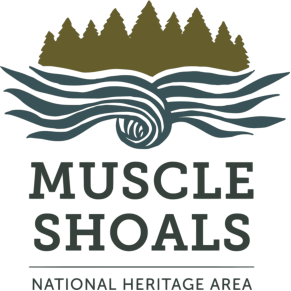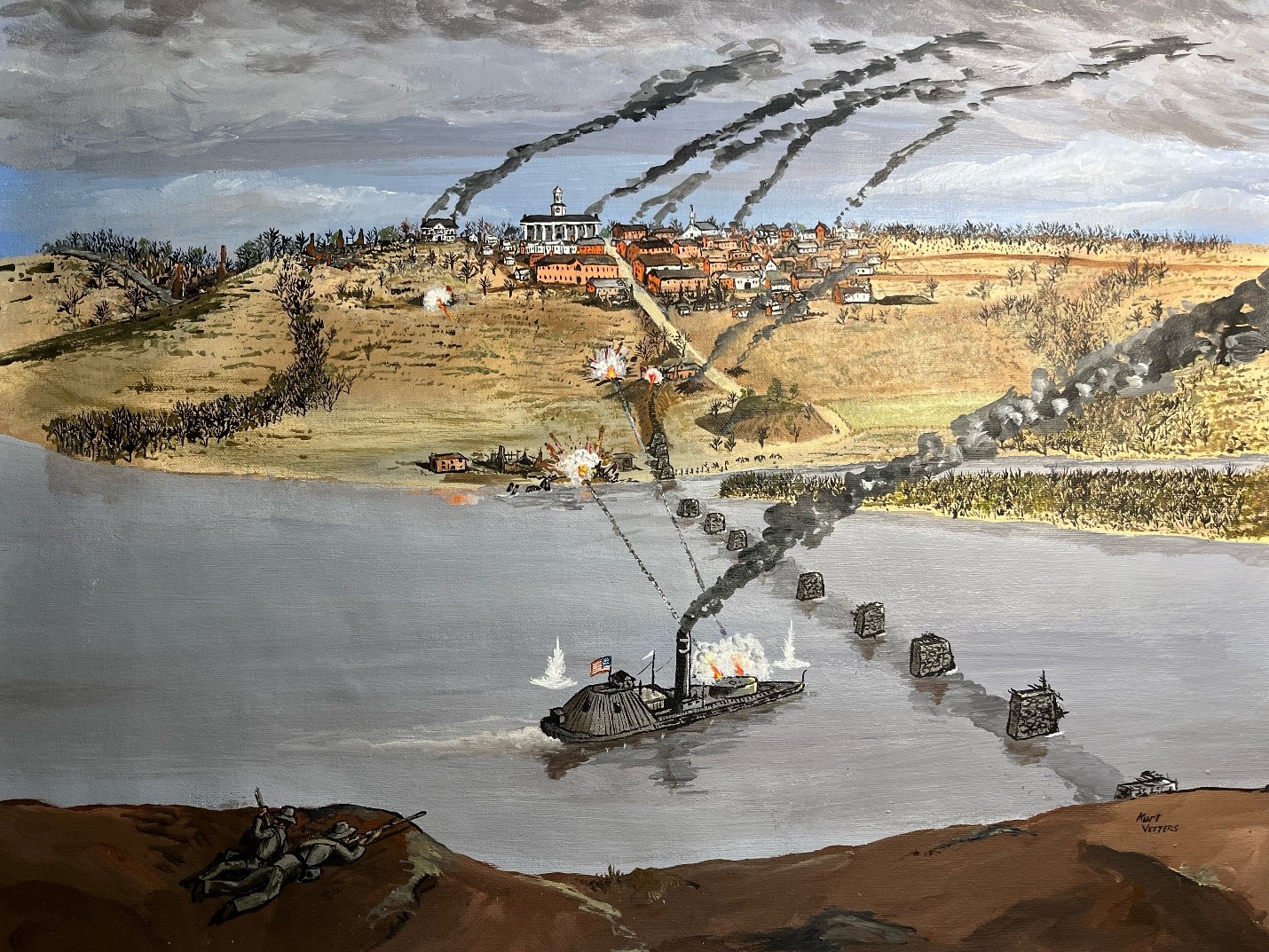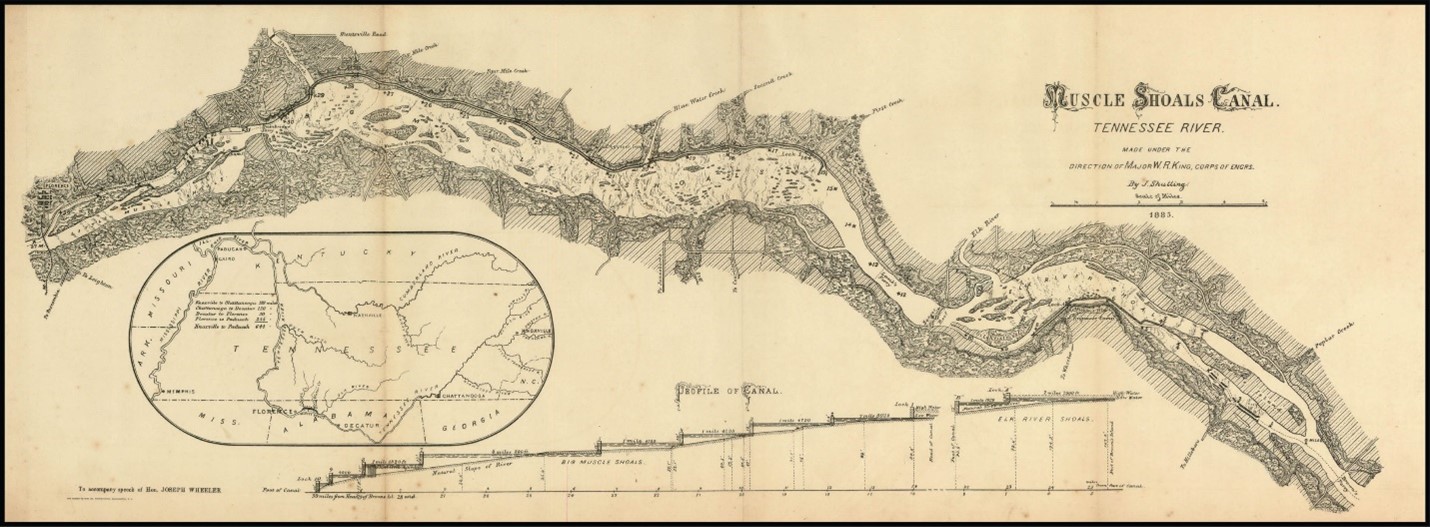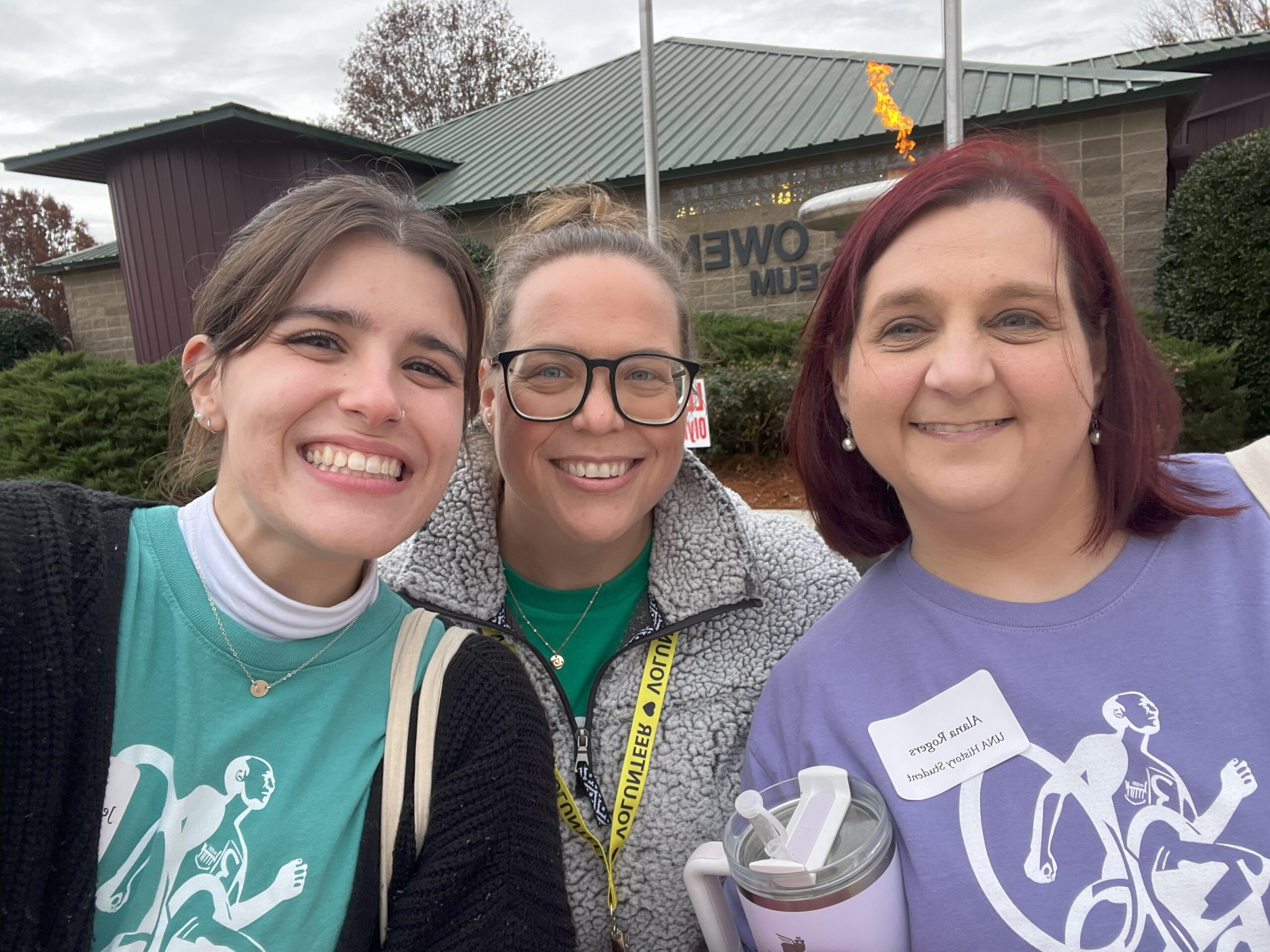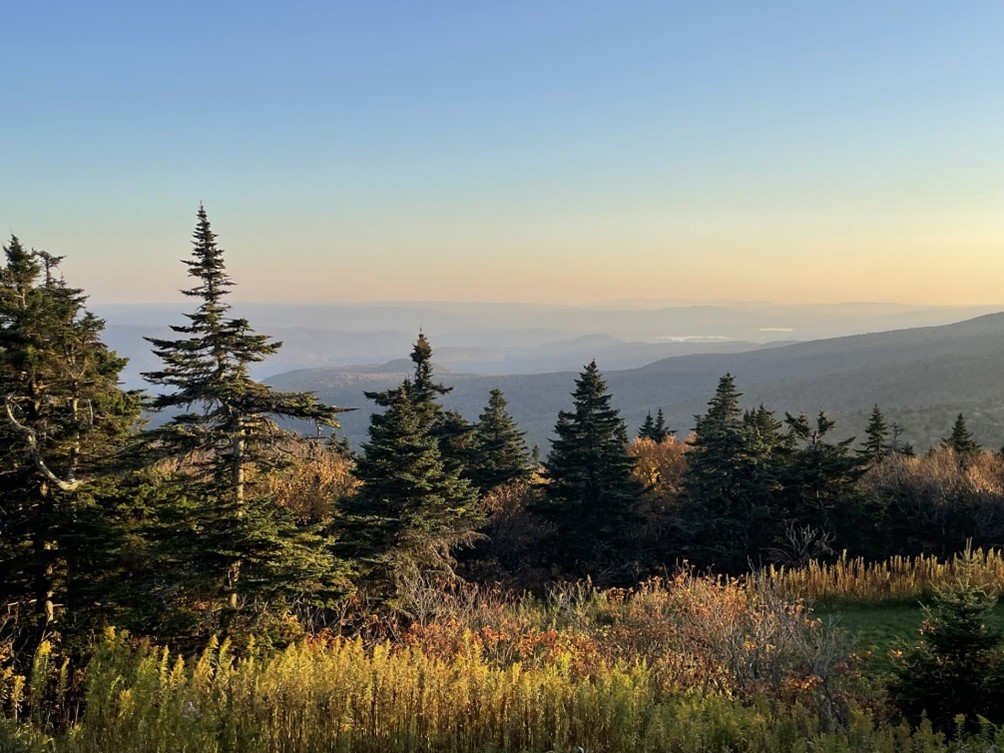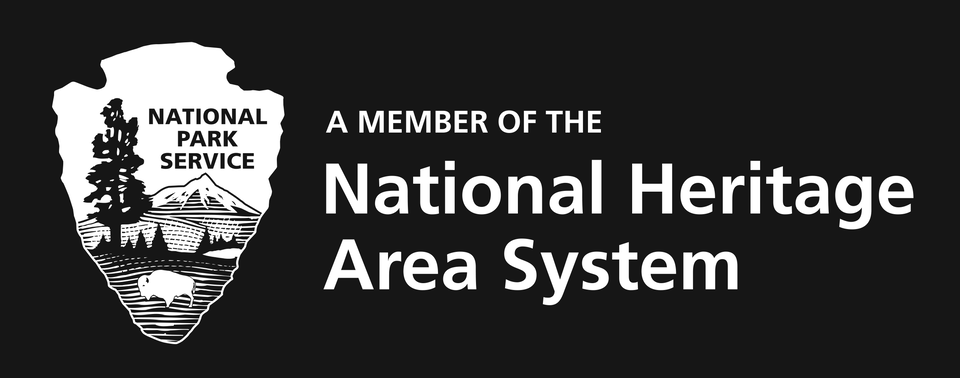By Sarah Harbin
League of Outdoor Women coordinator
At the Muscle Shoals National Heritage Area, we want everyone to get outside and enjoy all the beautiful scenery the six counties have to offer. However, we also want you to remain safe and well while doing so. In this post we will cover some basic outdoor safety precautions you can take as well as giving you some ideas of items you should carry with you when exploring the outdoors.
Whenever you are going to be exploring in the outdoors, it is important that you let someone know exactly where you are going and how long you plan to be there. That way, if they have not heard from you in a reasonable amount of time, someone will know where to send help. Having a plan left with someone can save hours or even days in an emergency situation. Also, using a navigation app such as AllTrails that can be used offline can help you stay on trail and navigate safely to your desired location. It is also a good idea to bring along a paper map of the route you plan to take and to also leave a copy of that map with your contact.

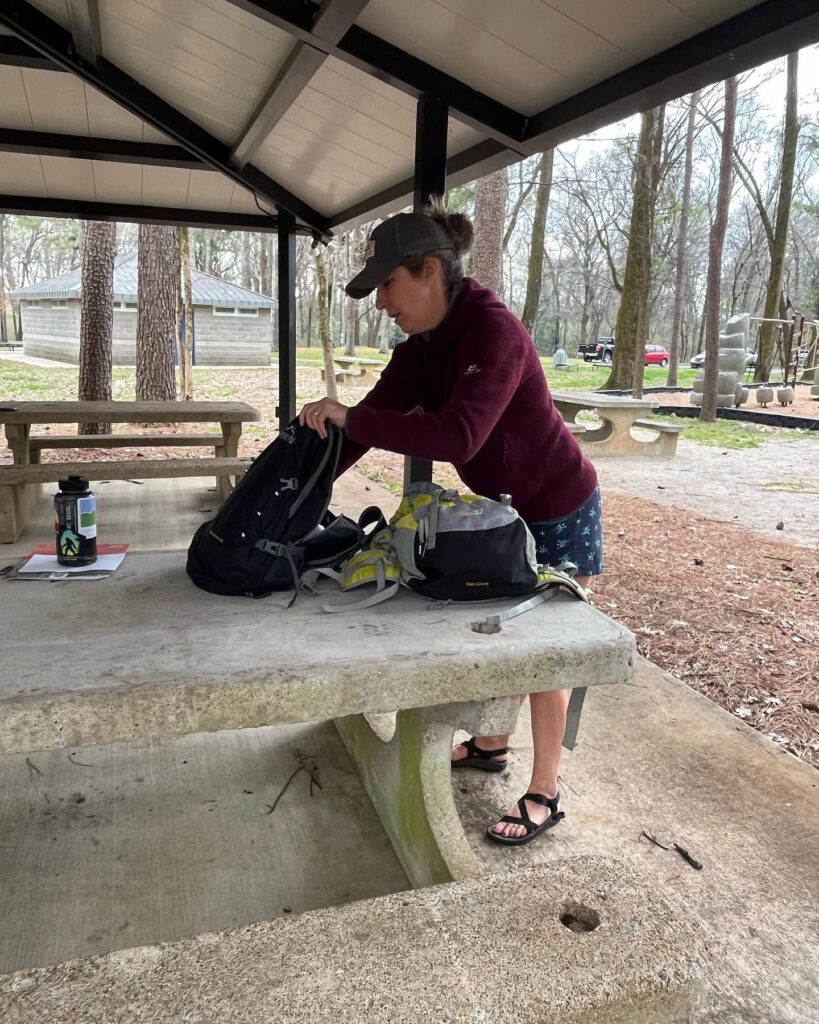
Everyone should carry a small first-aid kit, even on the shortest hike. You can easily buy a preassembled kit or put one together yourself. You can find all kinds online that are lightweight and not bulky when you stick them in your pack. I’m also including a list of items to build your own first-aid kit. Having just a few items can make a big difference when an injury or medical emergency arises. On its website, Washington Trails Association provides a list for a good first-aid kit to keep in your pack. It’s very similar to the one I keep in my pack for day trips. Below is the list they suggest, and you can find many other examples online.
Items to have in first aid kit:
- Bandages — Assorted sizes for small cuts, blisters, or minor skin irritations.
- 4-inch closure strips or butterfly closures — For larger wounds. The 4-inch strips tend to work more effectively.
- 4-inch-by-4-inch sterile dressing pads — (you should keep 5 to 10 of these) To apply pressure to a wound to stop bleeding.
- Non-adherent sterile dressing — (2 inch by 2 inch) These can be used to cover burns, blisters or lacerations without sticking to the wound.
- Gauze roll — To hold dressings in place.
- Small roll of 1-inch adhesive tape — Used to secure dressings.
- Multi-use tool or knife with tweezers — Many uses on the trail from cutting bandages, removing splinters, etc.
- Trauma scissors — These have a blunt end to protect the patient and can be used for cutting bandages, medical tape, and cutting away clothing to access an injury.
- Malleable splint — Lightweight foam-covered aluminum such as a SAM splint.
- Coban and/or ACE bandage — Can be used as an outer wrap for splints, wound dressing, or support for joint injuries.
- Cleansing pads with lidocaine — For cleaning small wounds and abrasions. These include a topical anesthetic for pain.
- Topical antibiotic ointment — For application to wounds to help prevent infection.
- Moleskin — Prevents blisters. Cut and apply a section to your foot as soon as you feel a “hot spot”.
- Pain relievers — (such as aspirin and/or ibuprofen) Provides relief from minor aches and pains, reduces fever, helps reduceinflammation in injuries.
- Antihistamines — For relief of allergies or to reduce reactions to bites and stings.
- Latex or nitrile gloves — Protects against blood-borne diseases and infection.
- Cotton swabs — For removing small objects from eyes, and for cleaning wounds.
- Space bag/blanket — Lightweight emergency shelter and for treating hypothermia victims.
- Paper and pencil — For recording medical data such as body temperature, pulse, time and date of symptoms, injuries, medications administered, etc.
- Wilderness first-aid booklet — Many prepackaged kits contain these but they can also be found online and are invaluable at providing first aid instructions in the outdoors.
While there are many other items that could be added, these are some basics that every kit should contain. It is also recommended to attend a wilderness first-aid class, if possible. These classes are usually one to two days and can provide you with skills to handle an emergency in the outdoors should one arise. ###
